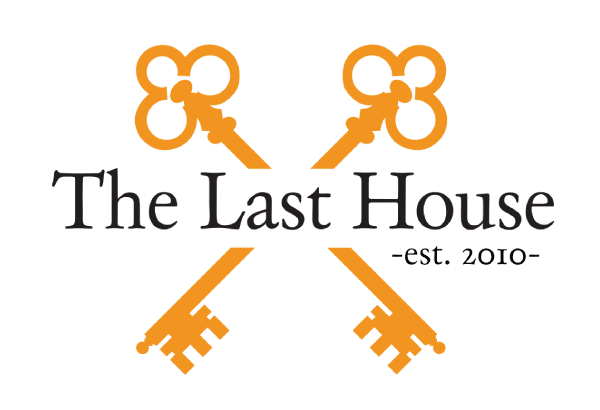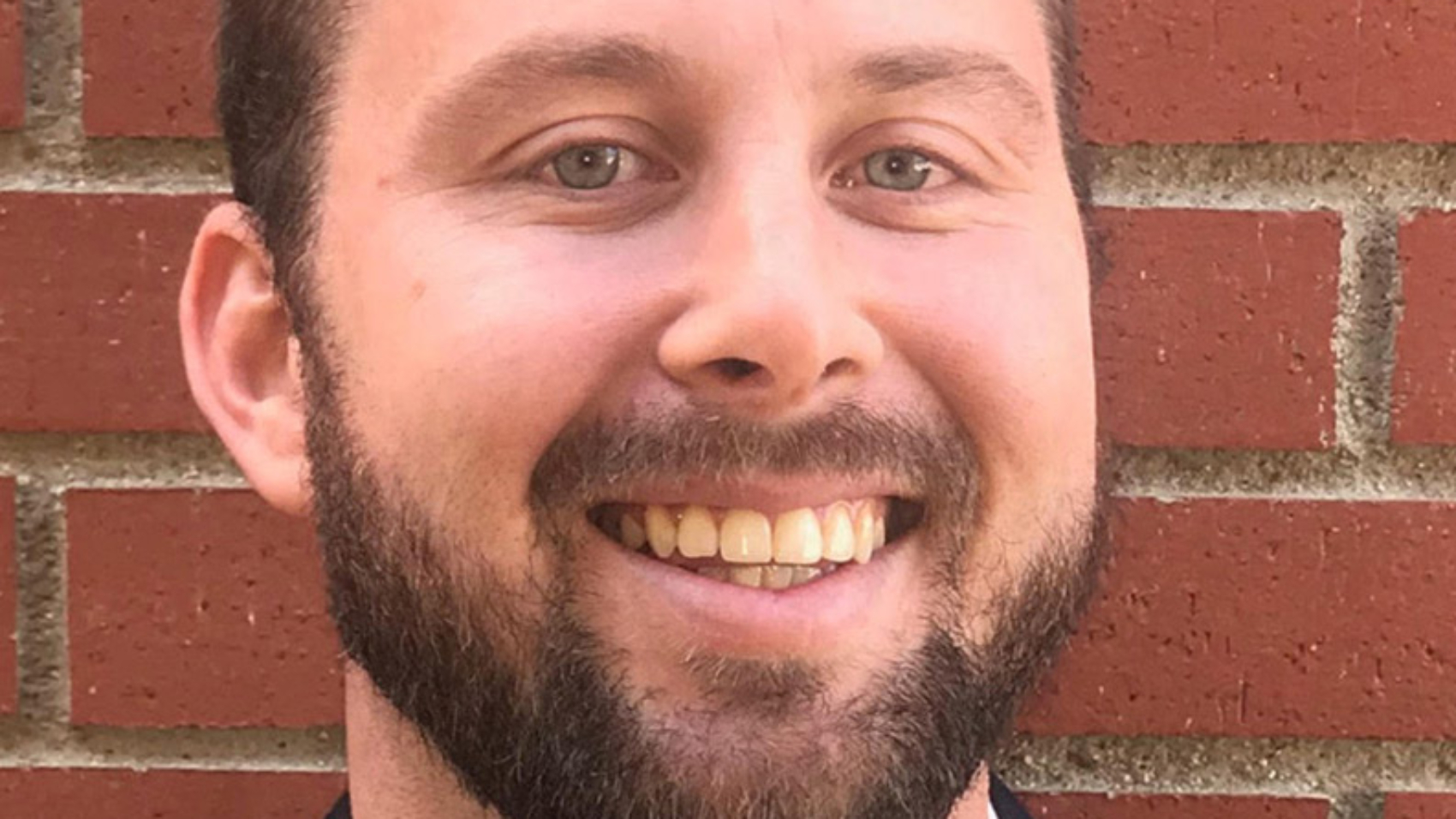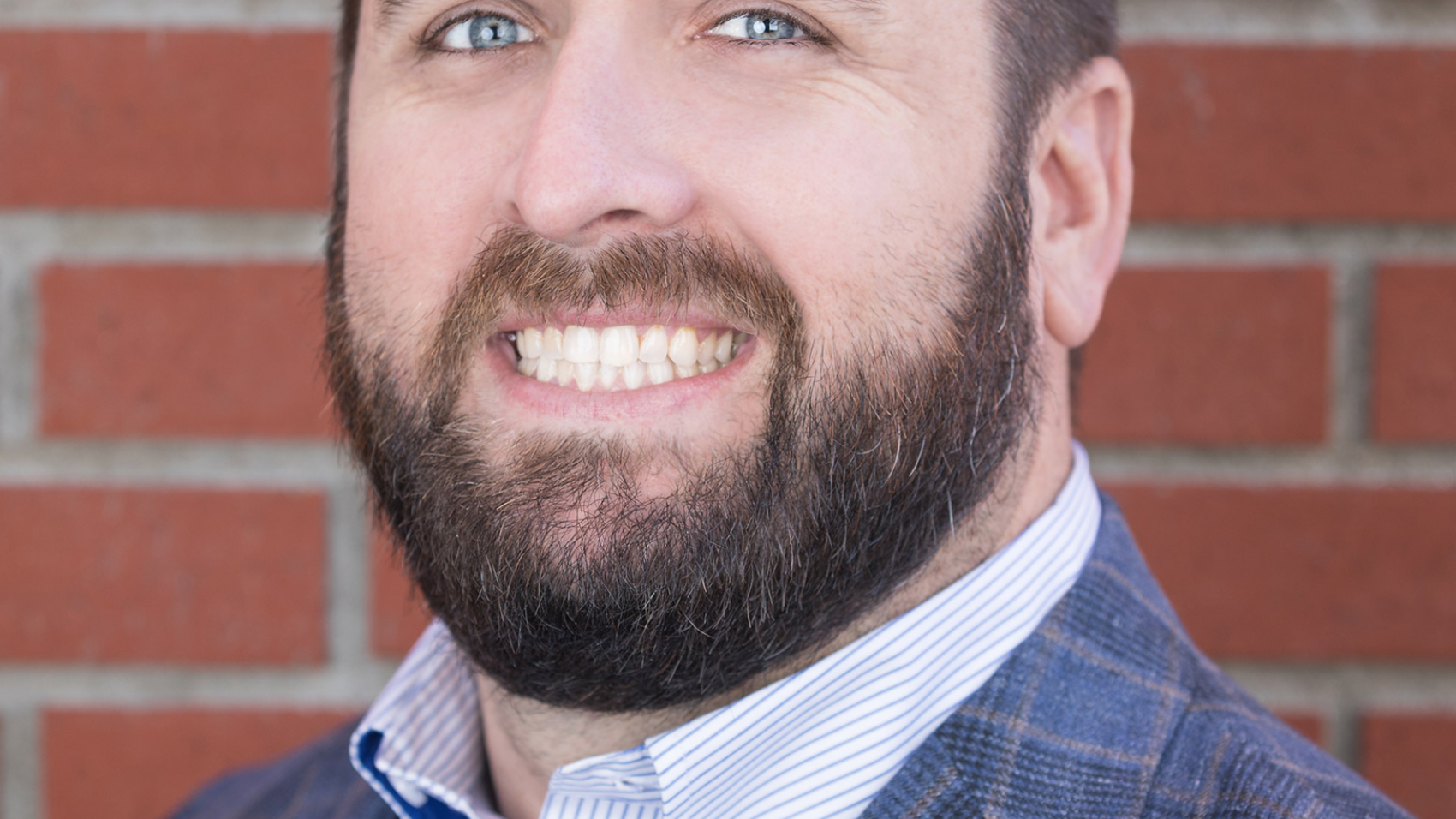
Attachment Theory
“Attachment is a unifying principle that reaches from the biological depths of our being to its furthest spiritual reaches.”
― Jeremy Holmes, John Bowlby and Attachment Theory
What is Attachment Theory?
Attachment theory was developed in 1958 by an American psychiatrist John Bowlby. Bowlby developed the attachment theory after spending years researching and treating emotionally disturbed children and noticing the distress that children experienced upon their mothers separation. Bowlby considered the importance of the child’s attachment to their main care provider and how that affects their emotional, mental, behavioral and physical health. He defined attachment as a lasting psychological connectedness between human beings and thus the attachment theory was developed. According to Bowlby, maladjustment behaviors as seen in children and adults can be traced back to the separation in early life between the infant and it’s “mother”. Bowlby suggested that all infants, across all cultures, have an inherent need to seek close proximity to their “mothers” when under stress or threatened and learn how to behave in order to get their needs met. In order to survive and flourish, an infant and child must attach to the mother for security and safety and a mother must respond accordingly in order to reduce anxiety and danger for the child. Attachment theory has been tested in various studies with many children across all cultures and even with animals. A study with monkeys showed that primate infants and babies also have an inherent need for emotional comfort and touch. Attachment theory emphasizes the importance of developing an attachment between the ages of 0-5 years old. Children without a main attachment figure during this time can develop maladaptive behaviors and are negatively affected in various ways. Attachment theory is often emphasized in many therapeutic settings since our earliest attachment affects our relationships and the quality of our relationships later in life.
Styles of Attachment:
A child can have many attachments, however there is usually a main attachment figure. The main attachment figure is not necessarily the one who feeds and changes the baby, but the one who responds, communicates, and plays with the baby most often. The main attachment figure acts as the security base for exploring and experiencing the world.
Different styles of attachment are developed depending on the way and the consistency of which the mother or main attachment figure responds. According to attachment theory, there are four different types of attachment styles.
Secure Attachment- This is the ideal form of attachment. Children show distress when the mother or main attachment figure leaves but then are easily comforted upon the mother’s return. These children use their main attachment figure to seek comfort when upset or frightened, are able to separate and explore the world, greet parents with warmth, and prefer their main attachment figure over strangers or other people. A secure attachment is developed when a mother or main attachment figure, responds consistently, sensitively, does not interrupt the child’s exploration too often and provides emotional and physical security. Children with this type of attachment are more likely to grow up as empathetic, friendly, non aggressive and with healthy relationships.
Ambivalent Attachment- Not all children grow up with secure attachments and are often times ambivalent towards their mothers or main attachment figures. Children with ambivalent attachments are insecure and are not soothed upon their mother’s arrival. They are wary of strangers, reluctant to become close with others, and have intense separation anxiety. Children with ambivalent attachments can be misread as secure since they also become distressed when the mother leaves. However, children with ambivalent attachments are not comforted when their mother returns and may even reject their care giver or show aggression. These children can grow up to have problems with becoming close to others or become too clingy. This style of attachment is developed when a mother or main attachment figure is inconsistent in their response to the child. Sometimes they are responsive to the child’s needs and sometimes they are unresponsive. This leads the child to distrust because they do not know whether their needs will be met.
Avoidant Attachment- Children with this type of attachment tend to avoid their mother and people all together. They do not seek nor reject their mother and tend to show no preference to a stranger or their mother. These children can grow up to avoid intimacy all together, invest very little in relationships, and are unable to share their thoughts and feelings. This type of attachment can occur when a mother or main attachment figure has been absent for an extended period of time or is for the most part unresponsive to the child’s needs.
Disorganized Attachment- Also known as an insecure attachment, is characterized by showing a mixture of avoidant and resistant behaviors, and may act dazed, confused and apprehensive. Many of theses children become parentified and take on the role as caregiver towards the parent or main attachment figure. This form of attachment is developed when a child feels both comforted and fearful of the attachment figure. A mother or main attachment figure may act as a source of comfort at times but may also abuse the child leading the child to be both comforted and afraid of the attachment figure.

Attachment Theory and Substance Abuse:
Depending on the attachment style, children with non secure attachments are more prone to developing maladaptive behaviors such as a substance abuse, risky sexual acts, aggression, criminal acts, and intimacy issues. Children that grow up with a dysfunctional attachment such as an insecure or avoidant attachment, are at a risk for developing depression, anxiety and PTSD. An insecure attachment style can often lead to emotional distress and relationship issues, which in turn can lead to unhealthy coping strategies like drug and alcohol abuse. In addiction or substance abuse treatment, mental health professionals will most likely learn one’s attachment style and will focus on healing a severed attachment while in treatment. Helping those that struggle with addiction or substance by repairing an attachment can increase their likelihood of recovery and living a healthy and happy life.
Attachment Disorder:
Attachment disorders are mental disorders that develop when individuals have difficulty developing attachments with others. Most children with attachment disorders have had a severely dysfunctional attachment in early childhood and may have been abused. Attachment disorders consist of two types: Reactive attachment disorder (RAD) and disinhibited social engagement disorder (DSED). Individuals with RAD appear to not trust anyone and do not want to engage in any relationship, while those with DSED are not afraid of strangers and are too trusting of people.
Healing Attachment Wounds:
Attachment wounds are usually healed in a therapeutic setting. Therapists will oftentimes become the main attachment figure for the individual and can help the individual develop a secure attachment. The individual can also discuss and understand their original attachment style and how that has affected their life. Therapists may even suggest family therapy to help the individual repair any wounds with original attachment figures. Couples therapy can also be used to help relationships understand the attachment styles that exist in both individuals.

















 addresses the way individuals experience situations and their reactions.
addresses the way individuals experience situations and their reactions. 

